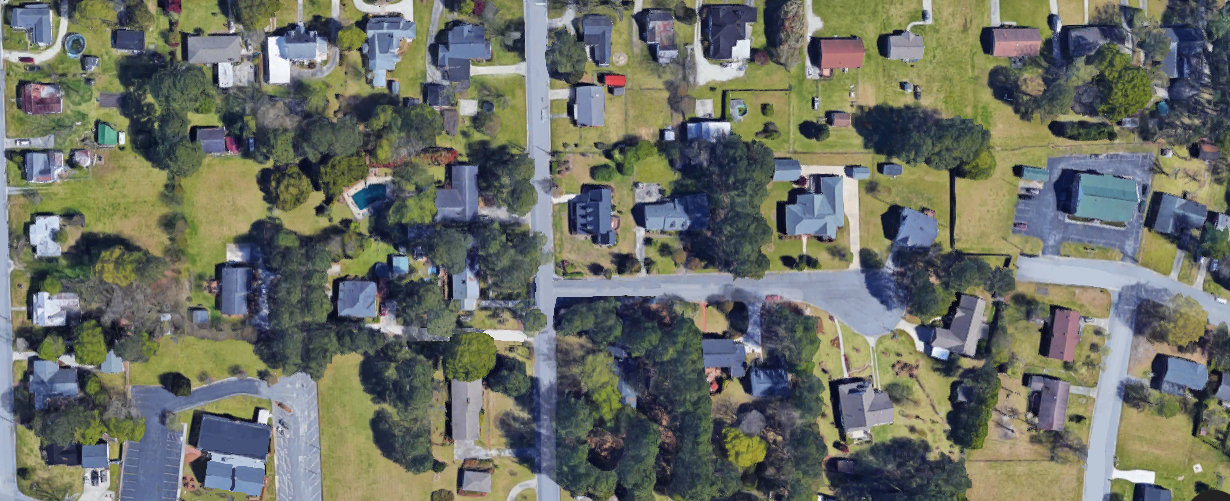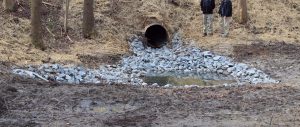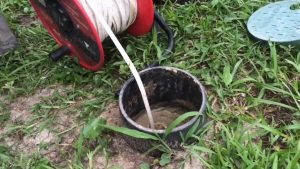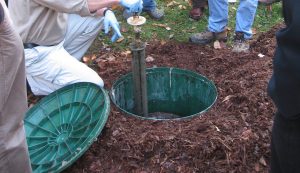Bunn JP*, Balanay JG and Richards SL (2019). Evaluation of Barrier Sprays for Controlling Mosquitoes in Eastern North Carolina: Can Land Cover and Spatial Analyses Improve Predictions of Efficacy? Journal of the American Mosquito Control Association 35(1): 19-31.
Mosquitoes can be a nuisance and can transmit pathogens causing numerous diseases. Homeowners may hire private companies that use barrier sprays to alleviate mosquito-related issues, especially in areas where government funding for mosquito control programs is limited. Here, the spatial distribution of mosquitoes was evaluated in a suburban neighborhood during successive treatments with either Bifen Insecticide/ Termiticide (active ingredient: bifenthrin) or Suspend Polyzone (active ingredient: deltamethrin) from May 17 to November 8, 2016. A total of 15,083 adult mosquitoes and 18,054 mosquito eggs were collected. Analysis of variance (P , 0.05) was used to analyze differences in abundance of key species between weeks, traps, and treatments. Weather trends were analyzed in relation to mosquito abundance using time-lagged weekly average
temperatures and total rainfall. Kriging showed hot spots of mosquito abundance. The spatial pattern of abundance was different for oviposition and adults, and this was expected because of different types of traps used here. A land cover analysis was performed within the geographic information system (GIS) file to determine the extent to which land cover type could predict mosquito abundance. We show an uneven distribution of host-seeking mosquito abundance and that, in general, mosquitoes preferred areas that were lightly wooded or composed of small collections of trees or bushes, compared with larger densely wooded areas. Analyses of spatial distribution, land cover, and weather can be used to supplement an integrated mosquito management approach.
The full article can be accessed at the Journal of the American Mosquito Control Association.
*Justin Bunn is 2017 graduate of our MS Environmental Health program.
Photo source: Google Map




